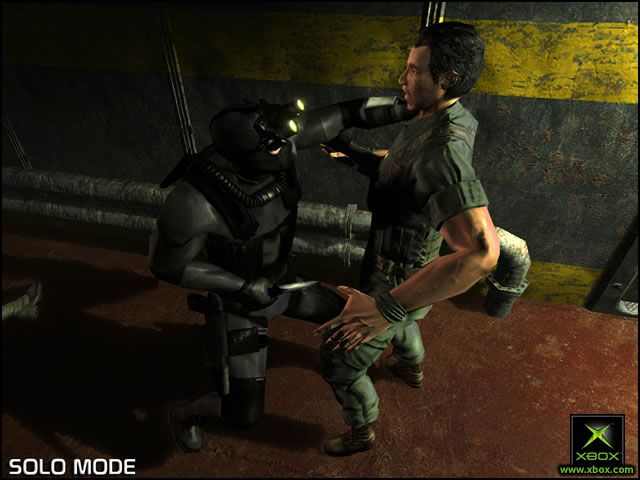
That density of gameplay is at the forefront in Splinter Cell, and that’s going to be really, really important for us. Every square inch is part of a choice, or directly offers a choice, or has a direct ramification. What that means is that the economy of decisions is very spread out, whereas what I love about a Splinter Cell map is every square inch represents intentionality. MW: One of the things that, from my point of view is really exciting about this project, is that the last couple of games all of us have worked on have been really big worlds. Ideally, they end up coming out on the other side with no one having realized you were even there. It’s important for us to preserve the sense of mastery by supporting players who observe the situations, make their plan, use their gadgets, and outsmart the enemy creatively to deal with the challenges they are presented with. What aspects do you think are most important to update? What is the core of this experience that needs to be preserved?Ĭhris Auty: Splinter Cell was a breakthrough in stealth – as Matt mentioned, it was “stealth redefined” with a huge focus on getting that core gameplay right above all, and delivering on an ideal: be a ghost. That is very much in keeping with us redefining what stealth action is going to feel like for a modern audience. We’re able to, for example, apply that to what Peter was just saying, as far as being able to prototype and innovate and test some stuff out. MW: The phrase “Stealth Action Redefined” from the original game has actually proven to be a really valuable North Star for us.

We've got a new engine and a new console lifecycle to take advantage of, so the tech is one area that we don't want stuck in the past. Peter Handrinos: From a tech perspective, if I had to boil it down to a couple of words in terms of the difference, what we're doing is exploration and innovation here. How do we make sure that new fans are able to pick up the controller and dive right in, and fall in love with the game and the world right from the get-go?
#UBISOFT SPLINTER CELL REMAKE UPDATE#
So, as we're building it from the ground up, we're going to update it visually, as well as some of the design elements to match player comfort and expectations, and we are going to keep it linear like the original games, not make it open world. Although we're still in the very earliest stages of development, what we're trying to do is make sure the spirit of the early games remains intact, in all of the ways that gave early Splinter Cell its identity. So, I think it kind of has to be a remake as opposed to a remaster. The gaming public now has an even more refined palate. The original Splinter Cell has a lot that was amazing and revolutionary at the time it came out, 19 years ago.

Matt West: To me, a remake takes what you’d do in a remaster and goes a little bit further with it. How are you approaching Splinter Cell as a remake? What makes it a remake and not a remaster? To find out more, Ubisoft sent us a pre-canned interview with three developers on the project – Creative Director Chris Auty, Producer Matt West, and Technical Producer Peter Handrinos – about their connection to the series, what’s being preserved, and what made Splinter Cell such a revelation.
#UBISOFT SPLINTER CELL REMAKE SERIES#
Led by Ubisoft Toronto, the game will be rebuilt from the ground up using Ubisoft’s own Snowdrop engine – the same engine being used to develop Avatar: Frontiers of Pandora, as well as Ubisoft’s upcoming Star Wars game – to deliver new-generation visuals and gameplay, and the dynamic lighting and shadows the series is known for.


 0 kommentar(er)
0 kommentar(er)
